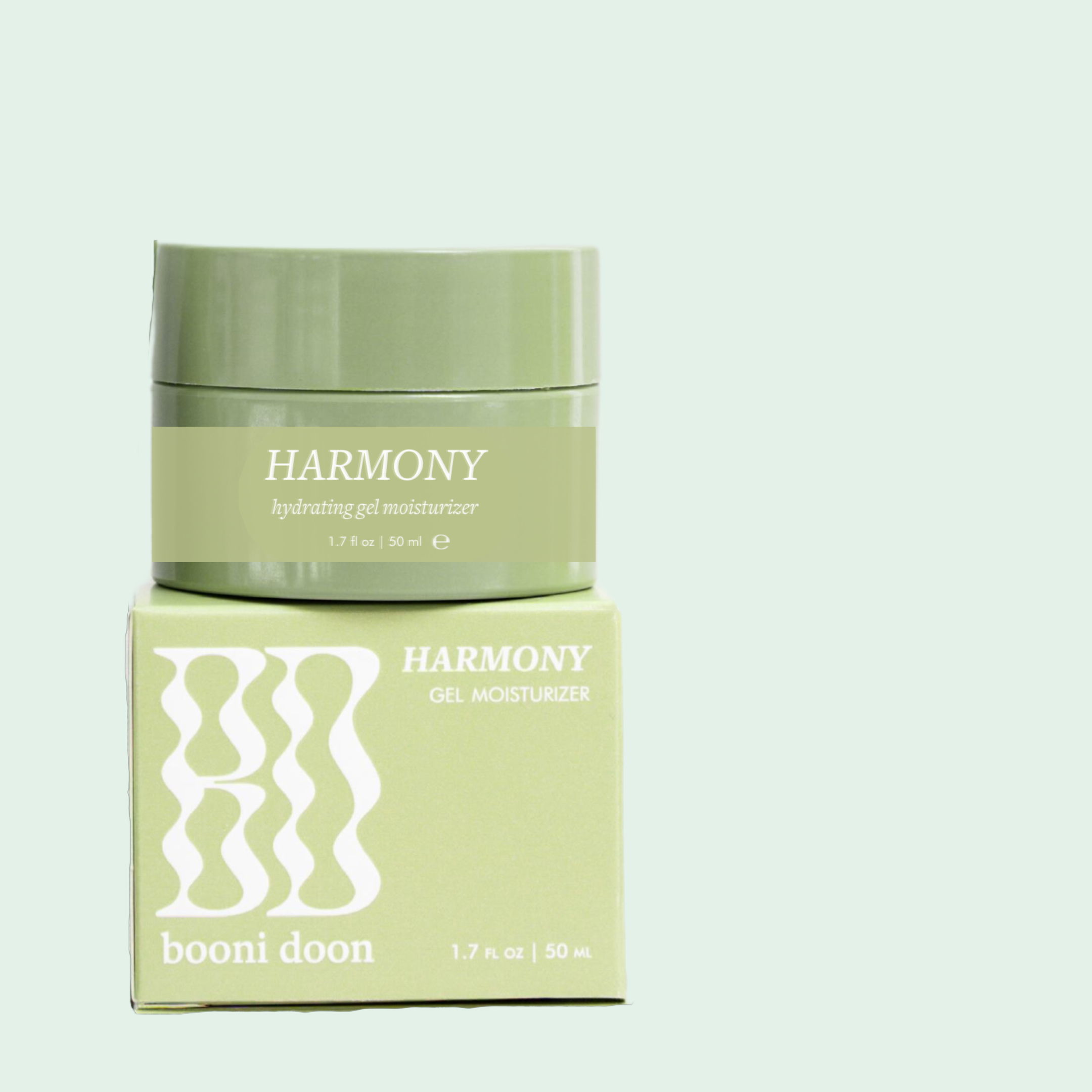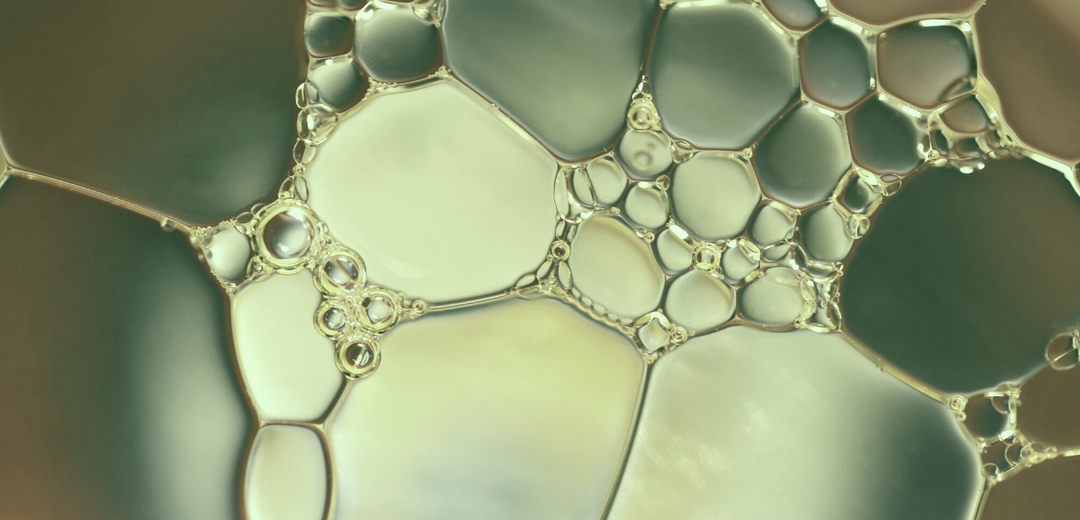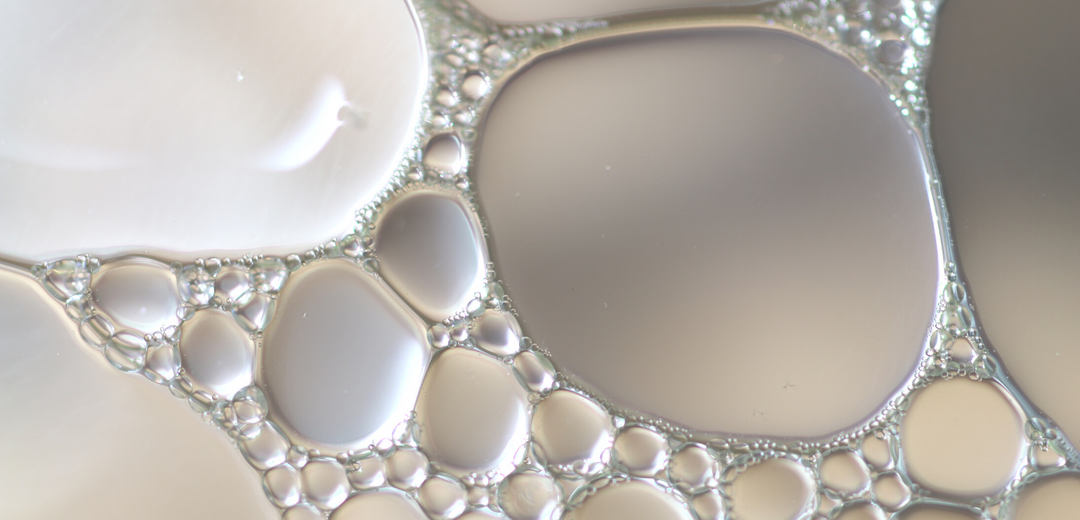Caprylic/Capric Triglyceride: A Naturally-derived Emollient
What is Caprylic/Capric triglyceride?
Caprylic/Capric triglyceride is a group of naturally-derived fatty acids that have been used as emollients in cosmetic formulations for over 50 years. Emollients have exceptional skin moisturizing properties by creating a barrier between our skin and the environment, allowing the retention of water and moisture on the skin. In addition to being used as an emollient, caprylic/capric triglyceride may also be used as a solvent in cosmetic formulation in order to dissolve oil-soluble extracts, actives and vitamins.
How is caprylic/capric triglyceride produced? What is it derived from?
Caprylic/Capric triglyceride is synthesized from using only caprylic and capric fatty acids found commonly in coconut oils along with plant sugars (also known as glycerols) through an esterification process. During esterification, two different molecules combine to form an ester in which the hydroxyl bond (-OH) is replaced by an alkoxy group (-O-). This process not only makes a highly effective ingredient, but allows for the triglyceride to be as stable as possible.
What is fractionated coconut oil? Are caprylic/capric triglyceride and fractionated coconut oil the same ingredient?
Commonly used as interchangeable terms, fractionated coconut oil is in fact different from caprylic/capric triglyceride. The primary difference is unlike caprylic/capric triglyceride, which only focuses on the caprylic and capric fatty acids, fractionated coconut oil combines all of the fatty acid compounds naturally occurring in coconut oil.
In addition to the chemical composition difference, there is a significant difference in the physical properties between caprylic/capric triglyceride and fractionated coconut oil. Fractionated coconut oil is similar to vegetable oil, though the texture is slightly ‘lighter’ than many other carrier oils. On the other hand, caprylic/capric triglyceride is known to be more ‘dry’ and ‘silky’, which contributes to their wide-ranging use in the cosmetic and skincare industries.
It is important to note that caprylic/capric triglyceride has been scientifically proven to pose little to no toxicity when used topically, but can still be harmful to those who are severely allergic to coconuts since the ingredient is derived using coconut fatty acids.
What are the benefits of using caprylic/capric triglyceride?
Caprylic/capric triglyceride are potent antioxidants, which can help prevent oxidative damage to the skin. In addition to the skin benefits, caprylic/capric triglyceride also extends the shelf life of skincare products beyond what carrier oil alternatives can sustain. Caprylic/capric triglyceride is an amazing plant-based alternative to synthetically-derived emollients and provides many beneficial properties due to their high fatty acid and antioxidant concentrations.







